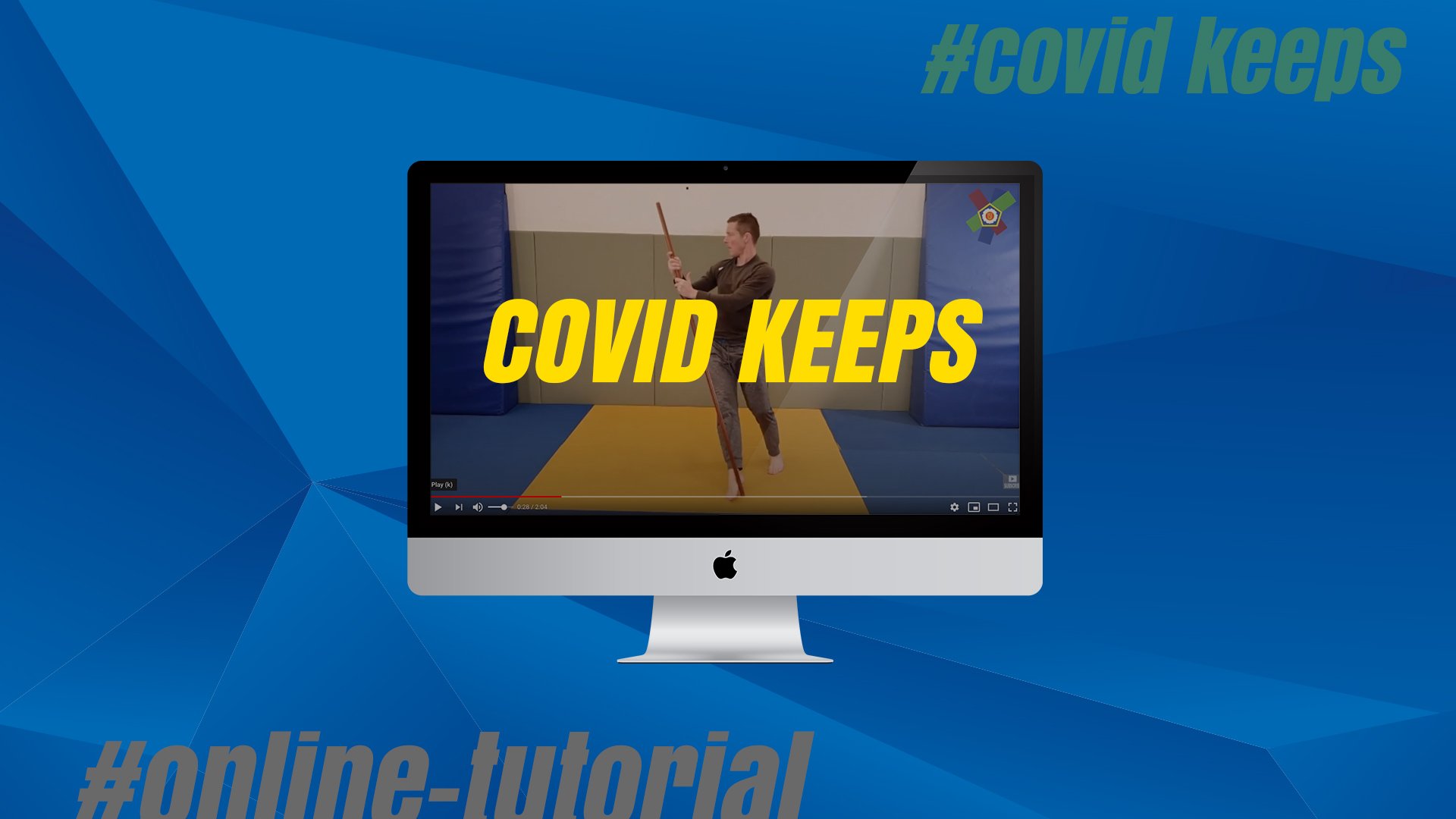The world pandemic has seen a change in training, how and where we can continue to train. For many, there isn’t always equipment available but coaches have found new and innovative ways to keep in contact with their students and allow for the continuation of movement.
The second edition of the ‘Covid Keeps’ series comes from Harrow School in Great Britain organised by Matthew Glossop and Paul Ajala.
So what was it that made this team come up with this type of training content?
The judo community has adapted to lockdown restrictions so impressively, and now we all have access to a wide array of excellent video resources. That said, we felt that there was a need for a different kind of skills-based drill that could take shadow uchikomi to the next level and help to develop a little more feel and a sense of execution.
We are fortunate at Harrow to have an excellent fully equipped dojo used by other martial arts too. We had dabbled in using the Japanese bo for judo drills well before lockdown, but the lockdown gave us the opportunity to refine what we were doing and make it much more nuanced.
Like many, we have also made good use of throwing dummies for developing power and fitness, but ultimately felt they were either too heavy or too floppy for exploring some of the finer points of various techniques and, crucially, not as readily available as a stick!
What was the main objective of these drills?
The main aim of the stick drills is to develop and refine technical precision (mostly of the lower body), various movement/stepping patterns, and timing. The stick serves as a useful, and movable, reference (usually representing uke’s leg or foot) against which the points of contact can be fine-tuned and a sense of execution achieved. These are elements of judo that are hard to replicate without a partner.
We have been pleasantly surprised at how the stick encourages creative play. Put the stick in the hand of any judoka and watch what happens…
Who, specifically is it aimed at?
The video is aimed at judoka of all ages and standards looking for a skills based workout. As the video shows, there’s plenty of scope for progression. A beginner can focus on the stepping patterns and contact points for o-soto-gari, for example, while the more experienced judoka can superimpose more movement and combination work.
Do you feel it can be further progressed?
Not all techniques of judo can be practised this way, obviously, but there are certainly more than shown in our video. We do hope that some viewers will be inspired to explore further. Once stepping patterns and combinations are included, the development possibilities are numerous.
Would you continue this type of drilling once contact training has returned and if so, why?
There’s no substitute for real judo, of course, but I think we have certainly realised that there is a place for stick work (and grappling dummies too) once normal training resumes.
The stick could be a good starting point, for example, to learn the basic shape and contact of the foot in certain ashi-waza techniques without the complications of uke’s movement or reactions.
Likewise, more experienced judoka could use the stick when there is a shortage of training partners or whenever they wish to explore a specific technical point.
We are thankful for the judo community coaches in the UK, especially those at club level who are providing much more than ‘just’ a session. It has been incredibly important for the mental health of judoka of all ages to keep in contact and to stay healthy, physically and mentally.
Over the coming weeks we will provide more video footage from our coaches in Europe, adding to this ‘Covid Keeps’ series.
Author: Thea Cowen




